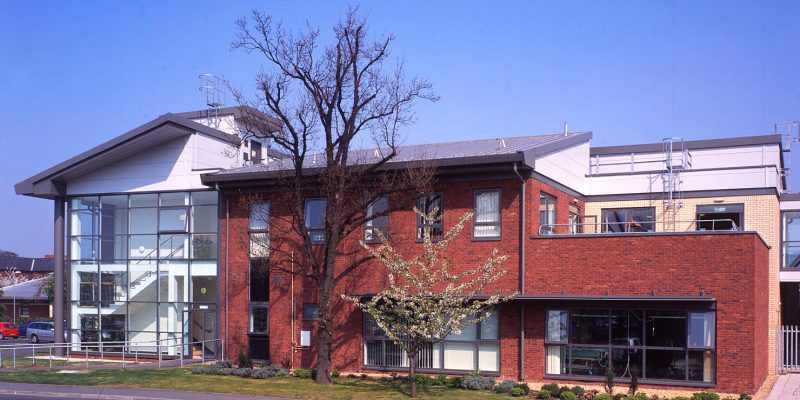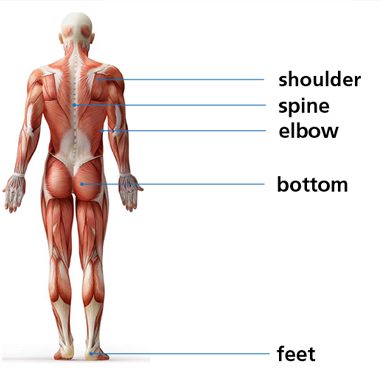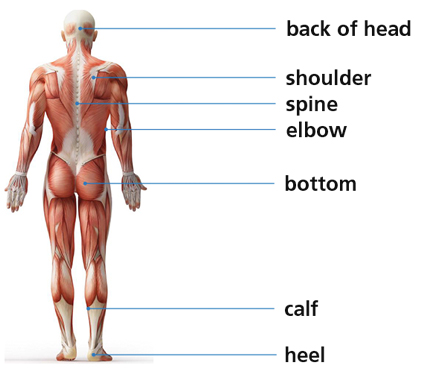
Spinal Cord Injuries
Looking after your skin
This information leaflet aims to tell you and others (family, carers) about the common causes of skin problems and ways to prevent them.
Skin breakdown and pressure ulcers are the most common problems experienced by people following a spinal cord injury.
The bad news
You have a greater risk of developing skin problems. This poses a serious threat to your health and independence. At worst skin breakdown can be fatal. At best skin problems will interfere with your rehabilitation and everyday life. You may have to spend a long time in bed whilst your skin recovers.
The good news
Skin breakdown is avoidable. You will avoid this problem if you:
Know the common causes of skin breakdown
Learn to take care of your skin
Carry out or supervise daily skin checks
Your skin is your responsibility. Looking after your skin is much less trouble than treatment for skin problems.
Why is your skin at risk of damage?
Your skin needs a good blood supply from the small blood vessels in your skin. If the blood flow is blocked, skin becomes damaged. Spinal cord injury places you at a greater risk of skin damage.
Below the level of your injury you may not have much feeling in your skin therefore you might not notice something that could damage your skin and will be less able to move to avoid damage.
The most common factors that cause skin damage:
- Pressure
Before your injury you would have automatically shifted position if you felt pressure on your skin, even in your sleep.
If you cannot feel pressure you may not move when your skin is squashed against a hard surface, for example; a bed, chair, brace, poorly fitted clothes or shoes, or hard objects in your pockets such as keys. Even wrinkles in bed sheets cause pressure damage.
There are particular places where the skin pressure is most likely from sitting or lying. The longer the pressure is there, the more likely it is that your skin damaged.
- Stretching or shearing
The blood supply to your skin is also affected if the blood vessels in your skin are stretched or distorted. This happens when your skin is rubbed or pulled. For example, if you slide down in your bed or chair.
- Trauma
Skin damage may result from:
– Burns from hot plate, cigarettes, sunburn, hot water or hot pipes, electrical equipment.
– Cold making you more at risk of frostbite.
– Cuts and bruises often caused by transfers or dragging your feet.
– Trapped moisture caused by sweating and urine leakage is a common cause.
– Friction due to poorly fitting clothes or wheelchair, or from spasms.
- Other factors
Factors that make it harder to take care of your skin include too much alcohol, recreational drug use, depression or other illnesses.
How to recognise skin problems
You need to look out for cuts, bruises and moisture. You also need to check areas of your skin that are pressure points. These pressure points can be seen in diagram 1 and 2.
The first sign of too much pressure is a reddened area. If this fades after 15 to 30 minutes then no damage is caused. This may be difficult to spot if you have dark skin.
The first sign of pressure ulcers is red, hot or even raised and blistered skin. The redness does not fade over the next 30 minutes. With removal of all pressure, this should heal in a matter of days.
The next stage of skin damage is the breakdown of the skin and layers of fat, muscle and even bone. Your skin will look discoloured and the skin broken. There is a risk of infection, you may feel ill.
Healing will take weeks or months depending on the damage. You may need hospital treatment.
How to prevent skin damage
You can act to lower the risk and prevent skin damage. Here are some important things that you can do yourself, or instruct someone else to do for you.
Skin inspection
Inspect your skin every day as a routine aspect of your life. This is a task to learn and start during rehabilitation.
Do it every morning and evening
Use a mirror, ask for help and direct others to inspect your skin if you need toLook out for changes in skin colour, bruises, blisters and signs of scuffing
Feel for swelling, hotness and excessive moisture
If there are any changes, think about possible causes and take action to eliminate the cause
Remove pressure from the area until your skin is normal again
Pressure relief
- In bed
Regular turning and careful positioning of pillows or supports will protect your skin at pressure points. The time between turns can be assessed by carefully inspecting your skin.
– Take extra care if you are using a new mattress
– Make sure that your sheets are wrinkle free
– Change wet bedding straight away - In a wheelchair
Get into the habit of shifting your weight every 15 to 20 minutes. If you are able, lift yourself up with your arms. Lean over one side of your chair and then the other. Tip your wheelchair back, this allows blood to reach the skin that you are sitting on
– Make sure that your footrest and armrests are well adjusted
– Take care not to bump your feet or arms
– Check that you do not have hard objects in your pockets
– Be careful of tight clothes - Equipment
Mattresses, chair cushions and padded shower chairs can help you to protect your skin. It is important to check your equipment.
General health
Eat a healthy diet and drink plenty to stop yourself becoming dehydrated. It is advisable not to smoke as smoking reduces flow to the skin and slows down wound healing. Take extra care of your skin during and following a period of illness, after a change in spasm or if you have changed weight.
Hygiene
- Regular bathing is important to remove dead skin and to keep your skin healthy.
- Bath frequently if you tend to sweat more, are very active or if you have continence problems.
- Pay attention to drying yourself carefully.
- Look out for areas of hard or cracked skin, on your feet for example.
If you discover skin damage
- Immediately remove anything that you find to be causing the problem
- Immediately relieve pressure from the area by changing your position and pillows
- If necessary, go to bed until your skin is back to normal
- If your skin is discoloured or broken, contact your district nurse or doctor straight away, don’t delay
- Once healed, return to your activities gradually and check your skin frequently.
Diagram 1. Pressure points in a seating position

Diagram 2. Pressure points in a laying position

Patient experience
South Tees Hospitals NHS Foundation Trust would like your feedback. If you wish to share your experience about your care and treatment or on behalf of a patient, please contact The Patient Experience Department who will advise you on how best to do this.
This service is based at The James Cook University Hospital but also covers the Friarage Hospital in Northallerton, our community hospitals and community health services.
To ensure we meet your communication needs please inform the Patient Experience Department of any special requirements, for example; braille or large print.
T: 01642 835964
E: [email protected]